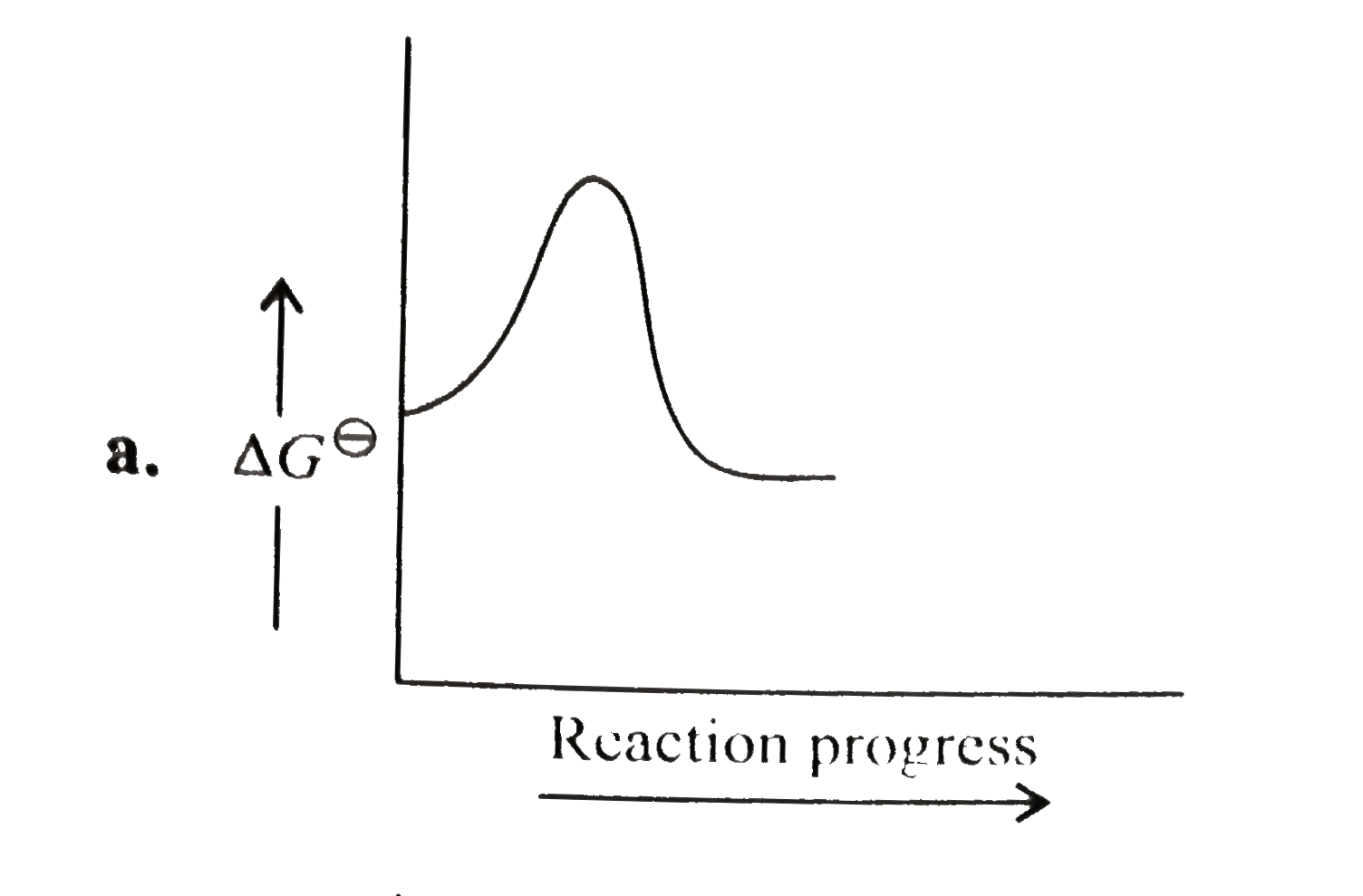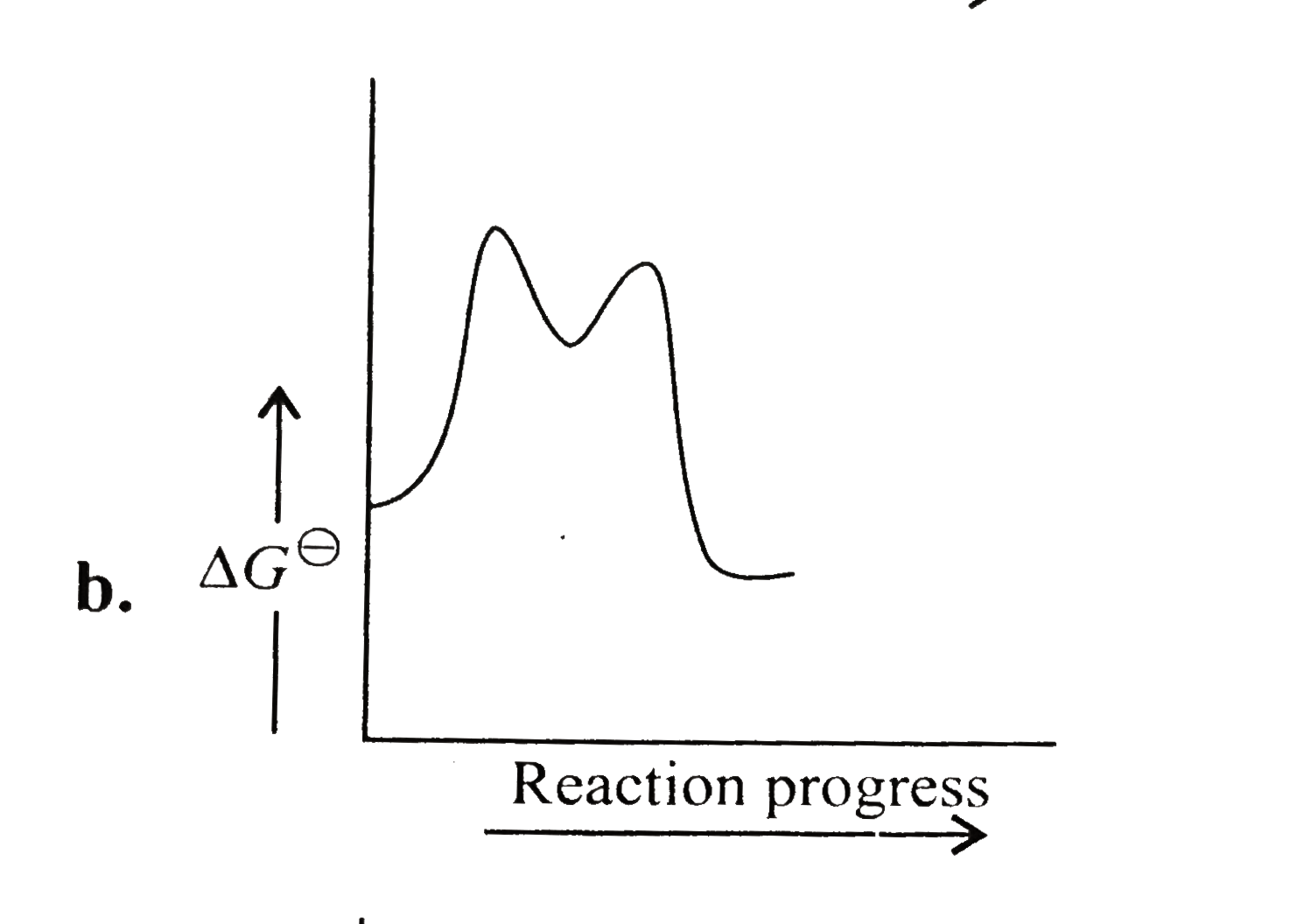The mechanism of SN1 reaction is given as :
R−X−R⊕XΘ→R⊕lon pair||XΘYΘ−−→R−Y+XΘSolvent Separated ionpair
A student writes general characteristics based on the given mechanism as :
(a) The reaction is favoured by weak nucleophiles.
(b) R⊕ would be easily formed if the substituents are bulky.
(c) The reaction is accompanied by racemization.
Which observations are correct?
(a) and (b)
(a), (b) and (c)
(a) and (c)
(b) and (d)
The correct Answer is:B
To solve the question regarding the characteristics of the SN1 reaction mechanism, we will analyze each statement provided by the student based on our understanding of the SN1 reaction.
1. Understanding SN1 Mechanism:
- The SN1 reaction (Substitution Nucleophilic Unimolecular) occurs in two steps:
1. Formation of a carbocation intermediate when the leaving group departs.
2. Nucleophilic attack on the carbocation to form the final product.
- The reaction rate depends only on the concentration of the substrate (the molecule undergoing substitution), hence "unimolecular".
2. Analyzing Statement (a):
- Statement: "The reaction is favoured by weak nucleophiles."
- Analysis: This statement is correct. In SN1 reactions, a weak nucleophile is favored because a strong nucleophile would attack the substrate before the carbocation is formed, thus bypassing the carbocation stage.
3. Analyzing Statement (b):
- Statement: "R⁺ would be easily formed if the substituents are bulky."
- Analysis: This statement is also correct. Bulky substituents stabilize the carbocation due to hyperconjugation and inductive effects. Therefore, a more stable carbocation is formed more readily when the substituents are bulky.
4. Analyzing Statement (c):
- Statement: "The reaction is accompanied by racemization."
- Analysis: This statement is correct. Since the carbocation formed in the SN1 mechanism is planar, the nucleophile can attack from either side, leading to the formation of both enantiomers (inversion and retention), which results in racemization.
5. Conclusion:
- All three statements (a), (b), and (c) are correct observations regarding the SN1 reaction mechanism.
Final Answer:
All observations (a), (b), and (c) are correct.
---
- The SN1 reaction (Substitution Nucleophilic Unimolecular) occurs in two steps:
1. Formation of a carbocation intermediate when the leaving group departs.
2. Nucleophilic attack on the carbocation to form the final product.
- The reaction rate depends only on the concentration of the substrate (the molecule undergoing substitution), hence "unimolecular".
- Statement: "The reaction is favoured by weak nucleophiles."
- Analysis: This statement is correct. In SN1 reactions, a weak nucleophile is favored because a strong nucleophile would attack the substrate before the carbocation is formed, thus bypassing the carbocation stage.
- Statement: "R⁺ would be easily formed if the substituents are bulky."
- Analysis: This statement is also correct. Bulky substituents stabilize the carbocation due to hyperconjugation and inductive effects. Therefore, a more stable carbocation is formed more readily when the substituents are bulky.
- Statement: "The reaction is accompanied by racemization."
- Analysis: This statement is correct. Since the carbocation formed in the SN1 mechanism is planar, the nucleophile can attack from either side, leading to the formation of both enantiomers (inversion and retention), which results in racemization.
- All three statements (a), (b), and (c) are correct observations regarding the SN1 reaction mechanism.
All observations (a), (b), and (c) are correct.
Topper's Solved these Questions
Similar Questions
In the sequence of reactions
C6H5BrMg−−→ether(X)(i)CO2−−−−−−→(iii)H3O+(Y) the product (Y) is
View SolutionFor the reaction, R−XSlow−−→R⊕+X⊕,
R⊕+ɵOHFast−−→ROH
Which type of reaction coordinate diagram represents the above reaction mechanism?



d. This is SNl reaction where no tranistion state will be present
View Solution
Knowledge Check
Identify the products X and Y in the given reaction,
CH3−C∣BrH−CH3+MgDry ether−−−−−→XD2O−−→YAX=CH3−C∣BrH−CH2Mg,Y=CH3CH2CH2OHBX=CH3−C∣MgBrH−CH3,Y=CH3,Y=CH3−C∣DH−CH3CX=CH3−C∣BrH−CH2Mg,Y=CH3−C∣ODH−CH3DX=CH3−C∣BrH−CH2Mg,Y=CH3−C∣OHH−CH3In the given reaction:
Ph−C∣∣O−CH3H2N−OH−−−−−−−−→H⊕(X)PCl5−−−−−→Δ(Y) Y will beAPh−C∣∣O−NH−CH3BH3C−O∣∣C−NH−PhCPh−CH2−O∣∣C−NH2DPh−CH2−CNIn the given reaction [X] will be:
C6H5−C∣∣O−HNH2OH/H⊕−−−−−−−−→[X]Aonly syn oximeBonly anti aximeCmixture of syn and anti oximeDsecondary amide
H−N=C=Ox↔H−⊕N≡C−ΘOy↔H−ΘN−C≡⊕Oz
which resonating structure is least stable
View SolutionMeCOOEt(i)NH2NH2−−−−−−−→(ii)HNO2(iii)ΘOH(B)−−−→MeOH(C)
Which of the following statements are correct about the given reaction?
View SolutionFor the given reaction,
R−R1∣C∣R2−xHOH−−→R−R1∣C∣R2−OH
Which substrate will give maximum racemisation?
View SolutionChoose the correct X and Y in the given reactions .

CH3CH2C∣CH3H−CHONaBH4−−−−→(Y)
View SolutionX and Y in the reaction sequence R-C≡NH3O+−−−→Xdiazomethane−−−−−−−→Y, are given by the set :
View Solution